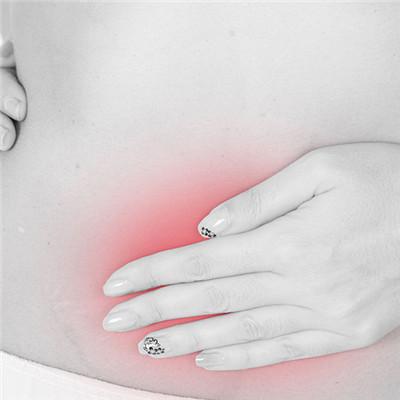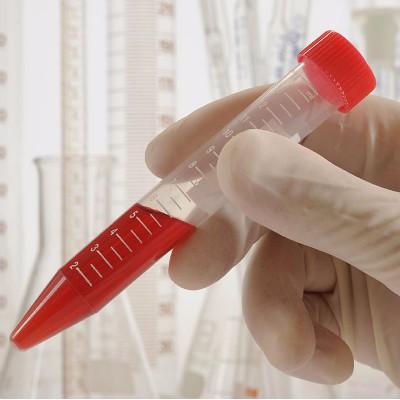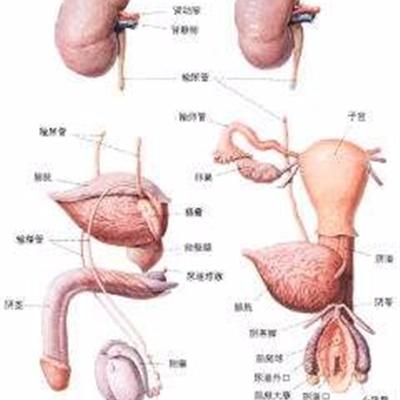Early symptoms of hepatic echinococcosis?
summary
Hepatic hydatidosis is a common parasitic disease in pastoral areas. Most of the hydatidosis develop into hydatid cysts through portal vein to liver after hatching into oncosphere in stomach and duodenum due to eating dog tapeworm eggs by mistake. A few of them are alveolar echinococcosis caused by Echinococcus multilocularis. Hepatic echinococcosis invaded the right lobe most, and the left lobe and the left and right lobes were less. So, let's take a look at the early symptoms of hepatic echinococcosis? Let's introduce the related knowledge of the field.
Early symptoms of hepatic echinococcosis?
First, patients often have many years of history, the course of disease is progressive development. Most of the patients were 20-40 years old. The initial symptoms were not obvious, but the mass of upper abdomen could be found by chance. When it develops to a certain stage, it may appear the corresponding symptoms caused by upper abdominal fullness, slight pain or compression of adjacent organs. If the mass oppresses the gastrointestinal tract, there may be upper abdominal discomfort, loss of appetite, nausea, vomiting and abdominal distension. Cysts at the top of the liver can elevate the diaphragm, compress the lung and affect breathing; Cysts located in the lower part of the liver can compress the biliary tract and cause obstructive jaundice. Ascites can be produced by compressing the portal vein. The more common situation is that patients seek medical treatment due to various complications. Such as skin itching, urticaria, dyspnea, cough, cyanosis, vomiting, abdominal pain due to allergic reaction. Secondary infection of cysts is a common symptom.
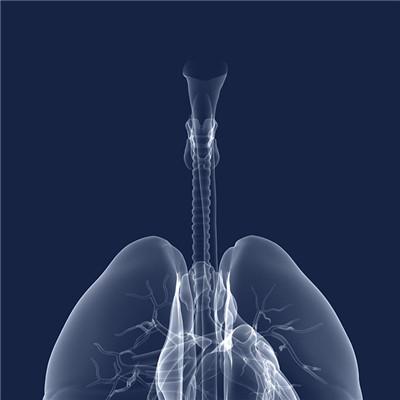
Second, the latent period of clinical manifestations is as long as 5-30 years. In many cases, the symptoms are often not obvious. Occasionally, a mass appears in the right upper abdomen, or it is found at autopsy. Hydatid cysts can be as small as grapes and as large as 20 000 ml. When the hydatid cyst increases to a certain extent, there may be a. compression symptoms: for example, the cyst at the top of the liver causes the septum to rise and compresses the lung to affect breathing; Retrohepatic cysts compress the inferior vena cava or portal vein, leading to edema, ascites and splenomegaly of the lower limbs; Intrahepatic cysts push the gastrointestinal tract, resulting in fullness, nausea, vomiting, etc. b. Cyst rupture performance: break into the bile duct, because of broken capsule or subcapsule obstruction of bile duct, combined with infection, can repeatedly appear cold and hot, colic, jaundice, sometimes stool detected in yellow capsule and subcapsule.

Third, in addition to peritonitis, it often causes anaphylaxis and shock due to the toxic albumin in the cystic fluid; Burst into the chest; When pleurisy occurs and breaks into the bronchus, the cystic fluid containing bile is coughed up and a bronchial fistula is formed. c. Physical examination showed that round, smooth and elastic cystic masses could be found in the liver area. When the capsule cavity is larger than 10 cm, the factor capsules collide with each other or collide with the capsule wall, and there is often a sense of tremor, which is called cystic tremor. If the cystic cavity calcification, it can touch the hard solid mass.
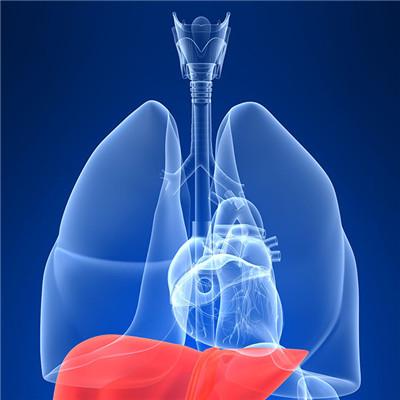
matters needing attention
To prevent hydatid disease, the propaganda of hydatid disease knowledge should be widely carried out in animal husbandry areas; Eliminate wild dogs, strengthen the management of domestic dogs, children should not play with dogs; Prevent dog dung from polluting grassland, feed and water, prevent sheep from getting sick, strengthen slaughter management, and bury or burn dead sheep; Pay attention to personal hygiene; Protect water source and do a good job in environmental sanitation.
